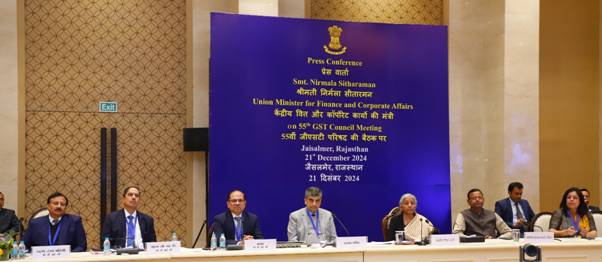On July 1, 2024, India celebrated the 7th anniversary of the implementation of the Goods and Services Tax (GST), a landmark reform that has significantly reshaped the country’s taxation landscape. Introduced on July 1, 2017, GST replaced a myriad of indirect taxes with a unified system, aiming to create a single national market, enhance compliance, and simplify the tax structure for businesses and consumers alike.
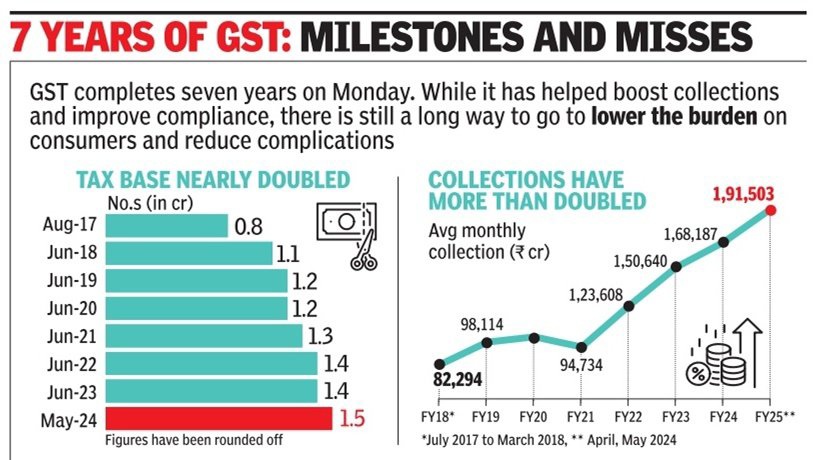
The Genesis of GST
GST was introduced as a multi-stage, destination-based tax that is levied on every value addition. The objective was to subsume various central and state taxes into a single tax, thereby reducing the cascading effect of taxes and streamlining the indirect tax regime.
Key Objectives of GST
- Simplification: To simplify the complex tax structure by integrating multiple taxes into a single system.
- Reduction in Tax Evasion: By implementing a robust IT infrastructure to ensure better compliance and reduce tax evasion.
- Creation of a Common Market: To eliminate state boundaries for taxation, thus fostering a single market for goods and services across India.
- Increase in Revenue: To improve the efficiency of the tax collection system and thereby increase the overall tax revenue.
Major Milestones in the GST Journey
1. Initial Rollout
The GST rollout on July 1, 2017, marked the beginning of a new era in Indian taxation. Despite initial challenges, the government and businesses worked together to adapt to the new system.
2. Implementation of E-Way Bill
In April 2018, the e-way bill system was introduced to track the movement of goods and prevent tax evasion. This digital solution has streamlined logistics and improved tax compliance.
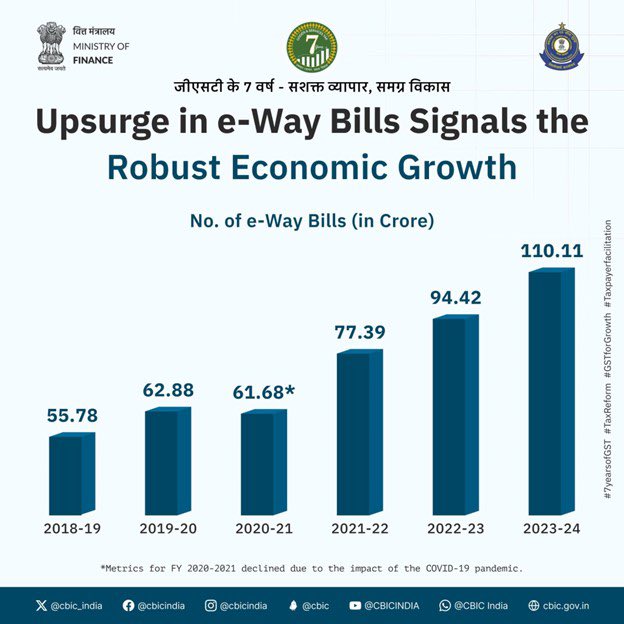
3. Introduction of GST Annual Return
In 2019, the government mandated the filing of annual GST returns, helping to reconcile the data reported in monthly returns and ensuring greater transparency.

4. Launch of New GST Return Filing System
In October 2020, a new return filing system was introduced to simplify the process for taxpayers, reduce the compliance burden, and improve the accuracy of tax filings.
5. GST Council’s Role
The GST Council, comprising representatives from the central and state governments, has played a crucial role in resolving issues, setting tax rates, and making amendments to the GST law. Its collaborative approach has ensured smooth functioning and adaptability of the GST regime.
Achievements of GST

1. Simplification of Tax Structure
GST has replaced numerous central and state taxes, simplifying the tax structure and making it easier for businesses to comply with tax regulations.
2. Increase in Tax Compliance
The introduction of GST has led to a significant increase in tax compliance, with more businesses coming under the tax net. The robust IT infrastructure and stringent compliance requirements have reduced tax evasion.
3. Boost to the Economy
GST has facilitated the seamless movement of goods across state borders, reducing logistics costs and boosting economic activity. The unified tax regime has also made India a more attractive destination for foreign investments.
4. Revenue Growth
GST has contributed to steady growth in tax revenues. The increase in compliance and the expansion of the tax base have led to higher collections, supporting the government’s development and welfare programs.
Challenges and the Road Ahead
While GST has achieved considerable success, it has faced challenges, including technical glitches, compliance issues, and initial resistance from businesses. Going forward, the focus should be on addressing these challenges, simplifying the compliance process further, and enhancing the GST framework to ensure it continues to drive economic growth.
Key Areas for Improvement
- Simplifying Compliance: Continuous efforts are needed to simplify the return filing process and reduce the compliance burden on small businesses.
- Addressing Technical Issues: Enhancing the robustness of the GST IT infrastructure to handle peak loads and ensure seamless functioning.
- Rate Rationalization: Periodic review and rationalization of GST rates to ensure they are in line with economic realities and do not burden consumers and businesses.
- Strengthening the Dispute Resolution Mechanism: Establishing efficient mechanisms to resolve disputes and address grievances related to GST.



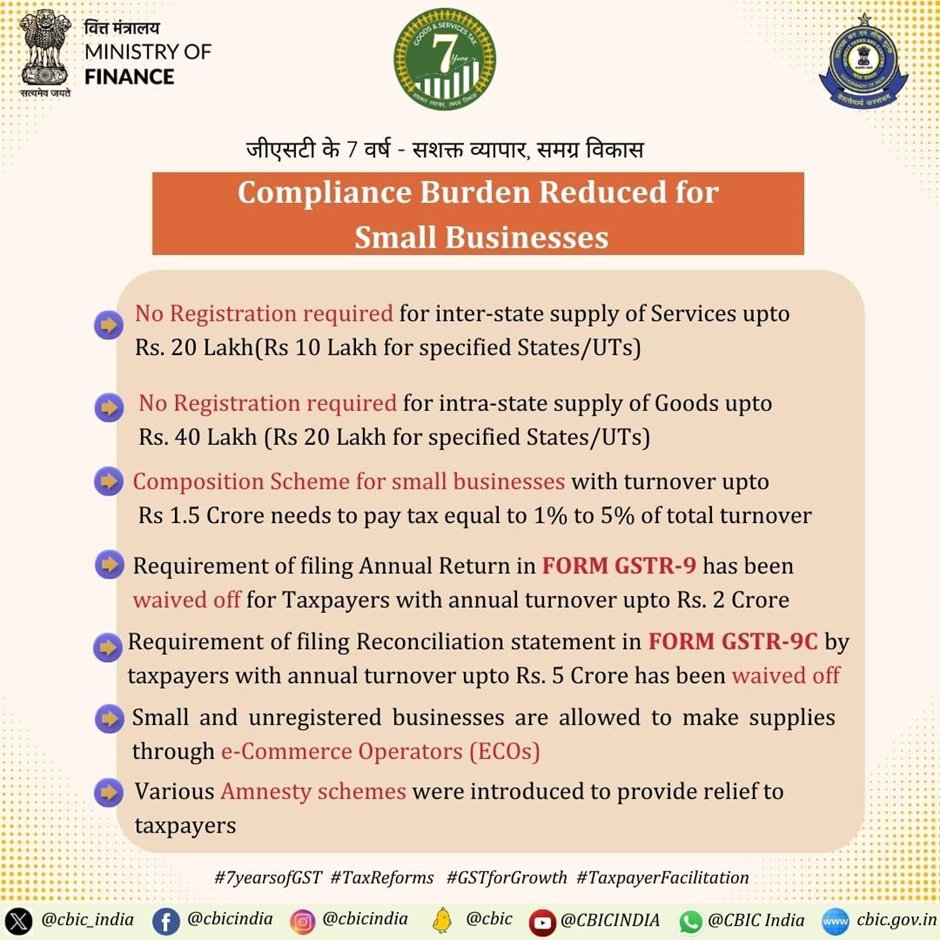

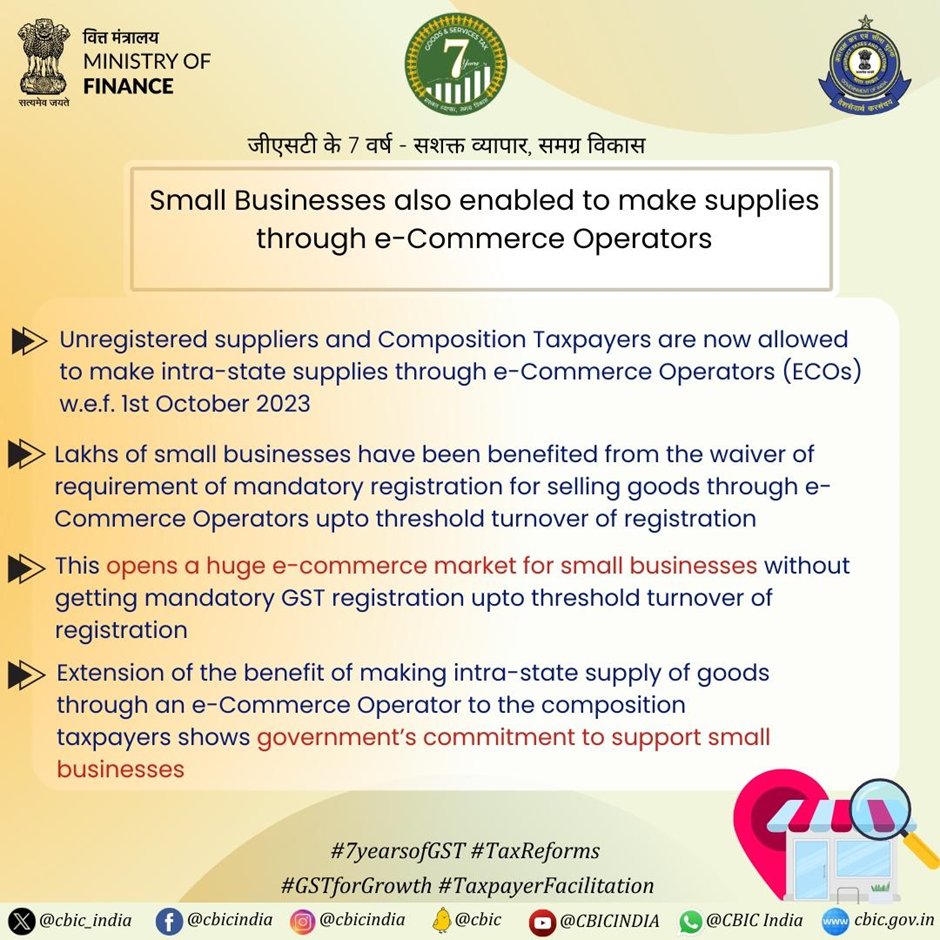

As we celebrate seven years of GST, it is evident that this transformative tax reform has brought significant benefits to the Indian economy. Despite initial hurdles, GST has simplified the tax structure, increased compliance, and boosted economic growth. Moving forward, continuous improvements and stakeholder collaboration will be essential to realizing the full potential of GST and driving India towards a more prosperous future.
Visit www.cagurujiclasses.com for practical courses


